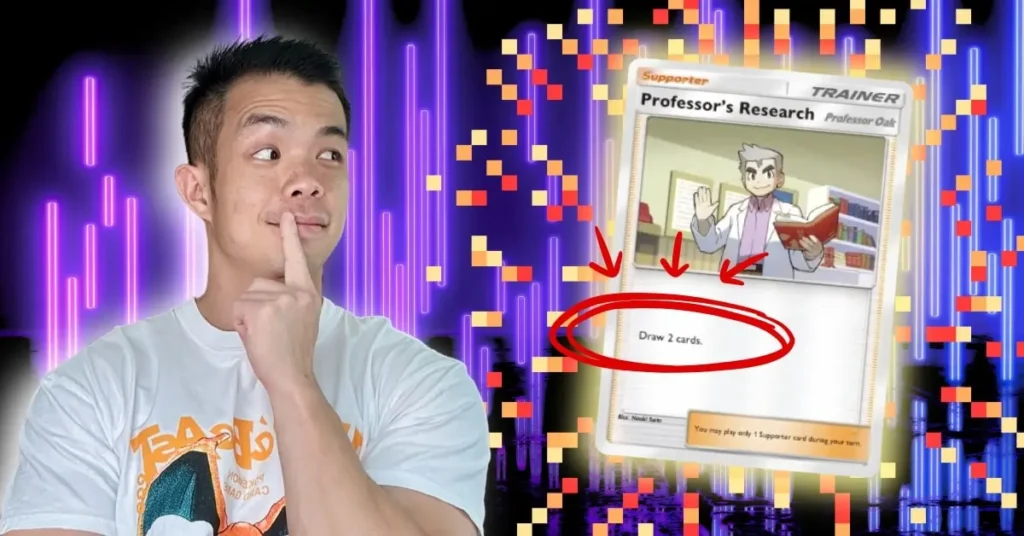A draw in Pokémon TCG means taking the top card of your deck and adding it to your hand. Learn how to make the most out of this mechanic to keep your hand refreshed with new resources.
Pokémon TCG is a game of strategy, but it’s also a game of consistency- and consistency starts with one thing: the card draw.
Most players see drawing cards as a simple and boring mechanic- take the top card and move on.
But how and when you draw is the difference between clunky turns and smooth plays.
This guide covers how the card draw in Pokémon TCG works, rules you need to know, and how to build a “draw engine” to make your deck more consistent.
Let’s level up.
Key Takeaways
Importance Of Drawing Cards
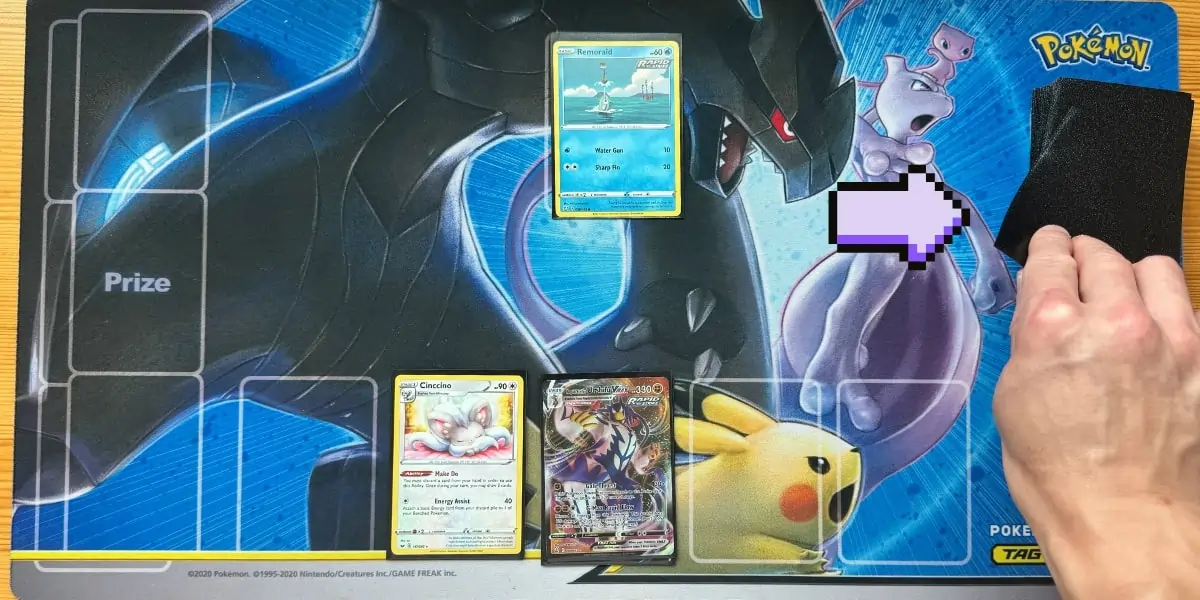
Ever sat there praying to draw into a key card- an Energy, Evolution, or whatever card you just need at the time- only for it to be a…dud?…
If so, you already know the pain of a bad draw.
Here’s why the Pokémon TCG simply doesn’t work without the card draw mechanic:
This is why top-level decks contain many copies of draw cards- it gives them more draw juice to dig out key cards.
When You Can Draw Cards
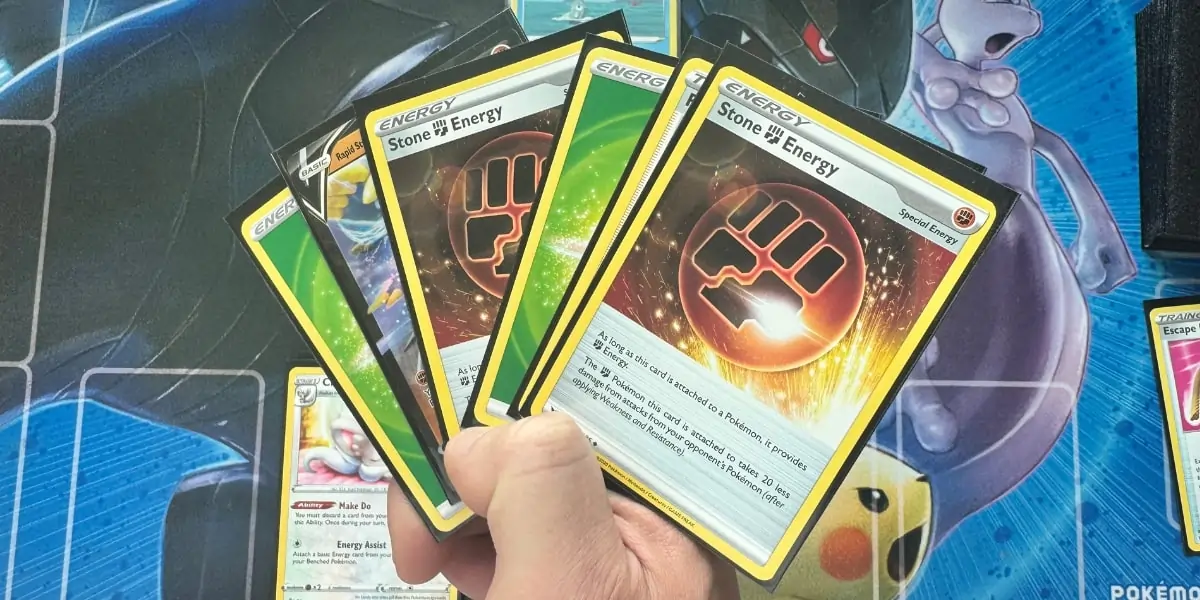
There are specific times during a Pokémon TCG turn when you are allowed to draw cards:
The number of cards to draw is always specified on the Draw effect. If the card says draw 7 cards, then take the top 7 cards of your deck. If the card says draw 3 cards, then take the top 3 cards.
Pokémon TCG Draw Rules
The card draw in Pokémon TCG is the heartbeat of the game. To avoid embarrassing misplays, you should know a few core rules.
The official draw rules in Pokémon TCG that you need to know:
Although these rules are pretty simple, they’re the foundation of playing Pokémon TCG. Mastering them means you play the game properly, make fewer mistakes, and enjoy smoother plays.
Building A Draw Engine
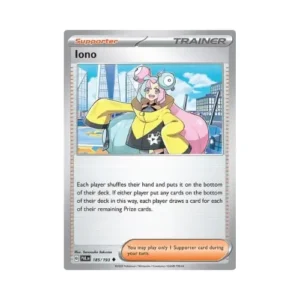
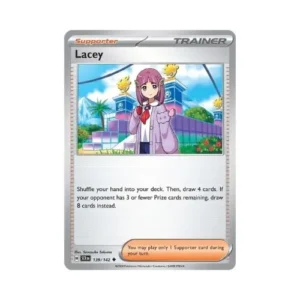
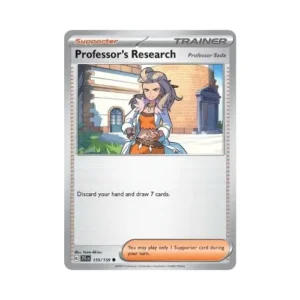
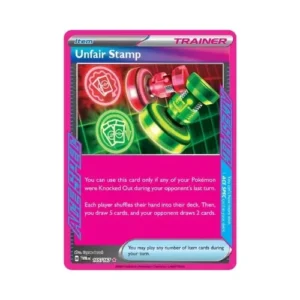
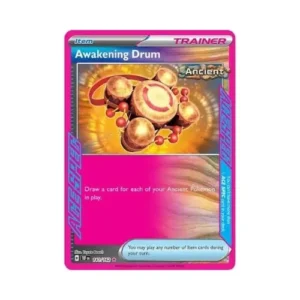
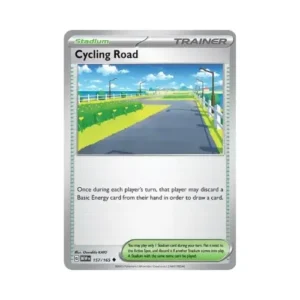
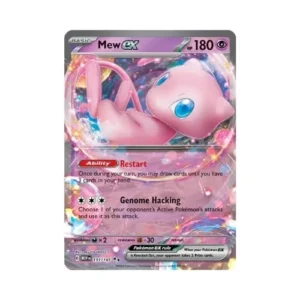
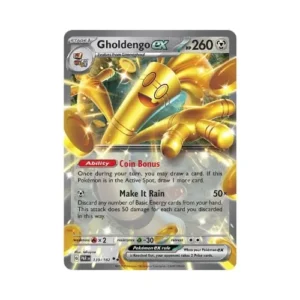
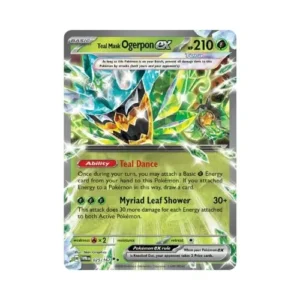
Ever had a match where your deck just wouldn’t cooperate? No Energy, no evolutions, nothing but dead cards in hand.
It’s not just bad luck- it’s a weak draw engine.
A draw engine is a collection of cards that help you draw more cards beyond your one-per-turn draw phase.
This keeps your hand filled with fresh cards. That way, you always have options to play and should never run into “dud turns”.
Here’s a guideline mix that most decks use:
| Card Type | Recommended Copies | Examples | Draw Impact |
|---|---|---|---|
| Supporters | 6 to 8 | Iono (PAF 80) Chehren (WHT 81) Lacey (PRE 114) Professor’s Research (BLK 85) | High but draw effect can only be used once per turn. |
| Items * | 0 to 2 | Unfair Stamp (TWM 165) Awakening Drum (TEF 141) | Mild but can be used multiple times per turn. |
| Stadiums * | 0 to 2 | Cycling Road (MEW 157) Team Rocket’s Factory (DRI 173) | Mild but draw effect but stays in active until the Stadium is discarded. |
| Pokémon Attacks & Abilities | 2 to 4 | Mew ex (MEW 151) Gholdengo ex (PAR 139) Teal Mask Ogerpon ex (PRE 12) Fezandipiti ex (SFA 38) Dudunsparce (PRE 80) | Mild to high buit can be only activated as long as the Pokémon is in play. |
* Optional- the current meta (popular competitive strategies) prioritizes the other card types for draw.
By building a strong draw engine, your deck should feel smooth, predictable, and powerful- so you can focus on winning, not praying for that key card when you need it.
Mistake To Avoid: Decking Out
There’s nothing worse than absolutely controlling a match only to lose by a “deck-out” because your deck ran out of cards.
Decking-out usually happens when players are overly aggressive with drawing- for example, spamming Professor’s Research or chaining a lot of draw effects to grab more cards.
It feels great to have a large hand, but that overzealous draw could work against you later if you’re not careful.
How to avoid deck-outs:
Winning isn’t just about spamming your draws ad hoarding cards like a greedy Meowth- it’s more about pacing your draws so you get what you need when you need, without losing a game to an empty deck.
Conclusion
The draw in Pokémon TCG is a simple mechanic. But turning it into a weapon? That’s where skill is invovled.
Build a balanced draw engine, choose your Supporters and Abilities carefully, and use them to keep your hand refreshed with resources.
If you’re ready to level up, be sure to check out our guide on creating a deck to learn how your draw engine fits in with the other components of your deck.
FAQ
Kalam is a PTCG gameplay expert and content creator. He started playing and collecting Pokémon cards since 1996. When he’s not working, you can find him nerding out on Anime!
Ready To Master PTCG?

